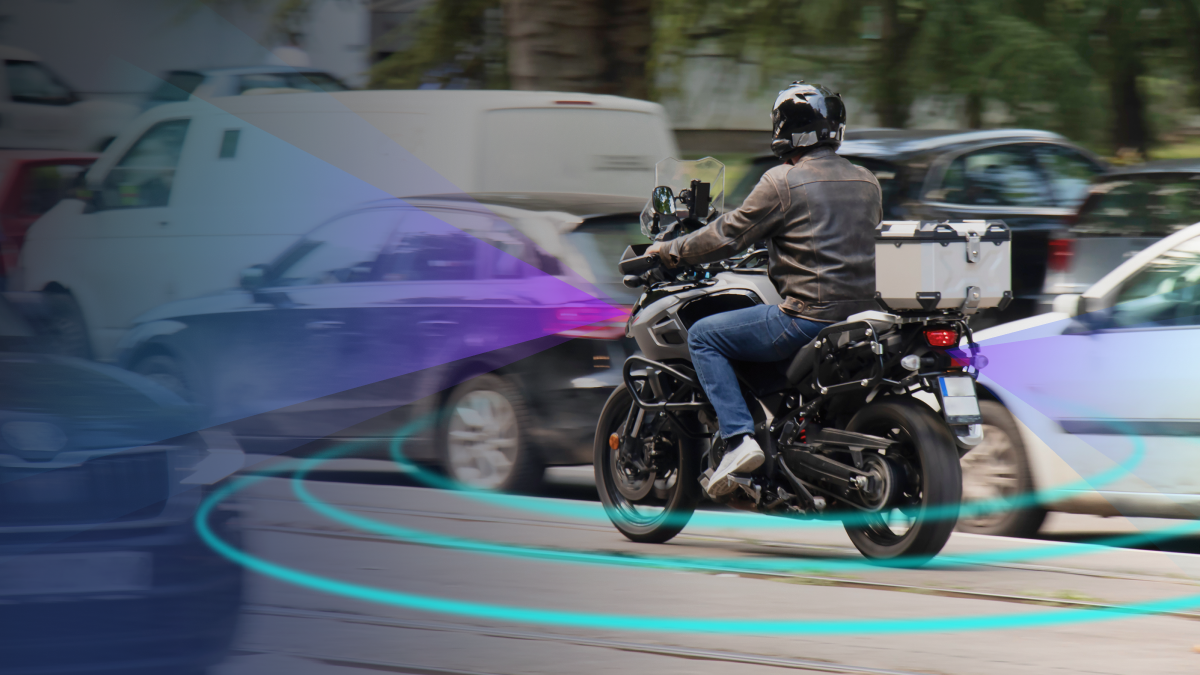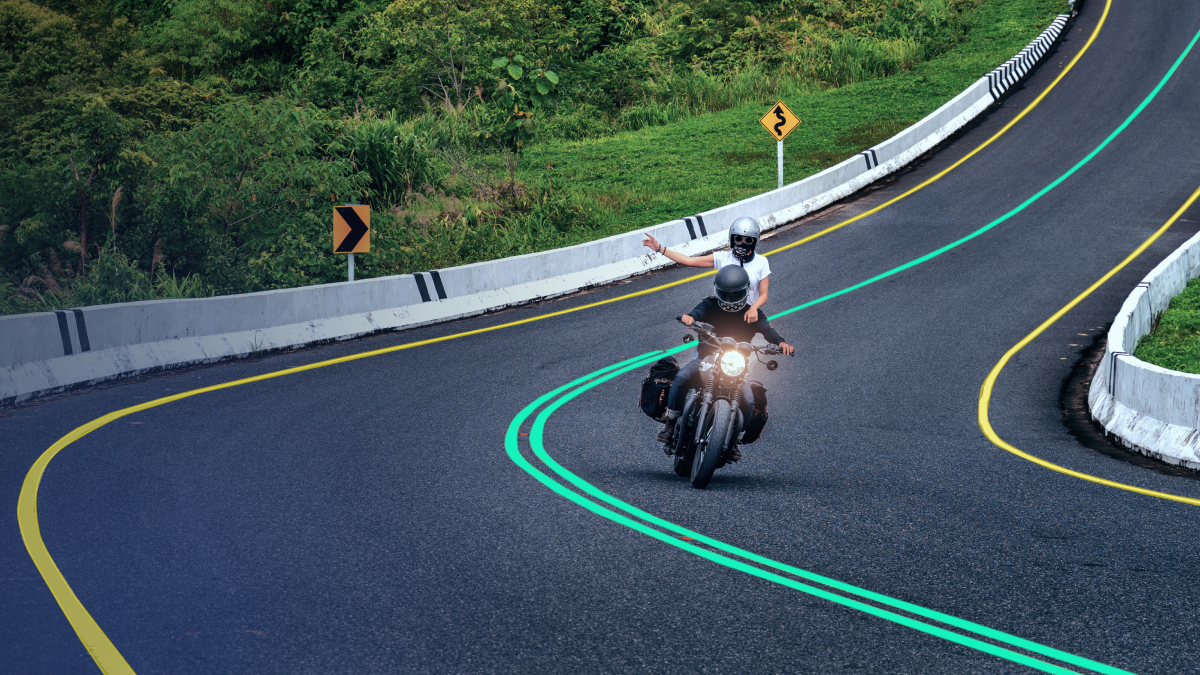The Rise of ADAS for Motorcycles
While a lot of the talk surrounding ADAS technology is centered around automobiles, they can be just as effective for motorcycles as well. Motorcycle ADAS can enhance handling, increase rider comfort, and assist in reducing accidents by offering motorcyclists cutting-edge safety systems. But there are still certain issues and restrictions that must be resolved. Despite these difficulties, motorcycle ADAS is a promising technology that may improve riders’ safety and enjoyment while riding a motorcycle.
In this article, we will take a look at some of the life-saving ADAS tools for motorcycles and the data annotation required to create them.
Front Collision Warning System
Even a momentary break in focus while driving might have detrimental effects. To lessen the likelihood of a rear-end collision or to lessen its effects, collision warning systems have been created for motorcycles. As soon as the bike starts, the technology kicks in, supporting the rider in all appropriate speed ranges. The rider is warned via an audio or optical signal if the system determines that another vehicle is dangerously close and they do not react.
When the system calculates that continuing at the current speed may result in a collision with a vehicle in front, it will warn the rider. This can be a great asset to motorcyclists since, very often, it can be difficult to determine if they are driving at a safe speed, and this system has the potential to prevent many accidents.
Blind Spot Detection

Blind spots are areas or zones on either side of a motorcycle that a driver cannot see when looking into the rearview or side-view mirrors. Blind spots are why a driver should always turn their head and check for cars before changing lanes. To help drivers become more aware of objects in these blind spots, some motorcycle companies offer blind-spot monitoring (BSM), also known as blind-spot warning, blind-spot detection, or blind-spot information system, depending on the manufacturer.
Blind spot detection is designed to help increase safety by alerting the driver to vehicles that may have escaped visibility in the side-view mirrors. In simplest terms, this technology helps keep a motorist from running into another car moving in the same direction in an adjacent lane. This technology can be especially useful to riders when they are making large changes since sometimes it can be difficult to see adjacent cars at a certain angle.
Lane Departure Alert

Lane departure alert systems warn the rider that the motorcycle is close to crossing line-divided lanes, thereby helping to avoid an accident. The ADAS system on the motorcycle needs to be well trained in order to identify different types and colors of lanes, which yields different implications to the traffic flow. Lane marking is of two colors; white and yellow. The path markings can be either broken, strong, twofold strong, or a mix of the strong and broken path. The wrecked lines permit crossing with tact if traffic circumstance grants. The AI system needs to identify and determine whether the rider is at risk of crossing any of these lines.
What Types of Data Annotation are Necessary to Train ADAS Systems?
If we look at the first two systems, the front collision warning system and the blind spot detection, these systems use computer vision to identify other vehicles on the road. This requires data annotation methods ranging from simple 2D bounding boxes to more advanced types like video tracking annotation. The latter is when the position of objects is tracked from one frame to another. The objects that are tracked would need to be labeled or inscribed inside a bounding box so the system can understand their change in position from one frame to another.
In terms of the lane detection system, polyline annotation will be necessary, which identifies linear structures in images and video. It uses small lines connected at vertices to trace the shape of structures like roads, rail tracks, and pipelines. Since lanes are typically straight in nature, polylines are the ideal form of annotation for this use case. Being able to trace the direction of the lane without too much detail is easier on the annotator while simultaneously being very effective.
Trust Mindy Support With All of Your Data Annotation Needs
Mindy Support is a global provider of data annotation services and is trusted by Fortune 500 and GAFAM companies. With more than ten years of experience under our belt and offices and representatives in Cyprus, Poland, Romania, The Netherlands, India, OAE, and Ukraine, Mindy Support’s team now stands strong with 2000+ professionals helping companies with their most advanced data annotation challenges.





